I’ve had a busy couple of weeks, getting a display ready for the Sydney Miniatures Show and a demonstration I did for our little textiles group, so we’ve been missing our Sunday drives.
However, a couple of weeks ago, daughter grabbed me late one afternoon to go with her to see the Artexpress exhibition at Homebush.
Artexpress is a collection of work by high school students submitted for their High School Certificate examination in visual art, because of the quantity of work it is usually divided between a number of exhibitions spaces.
The venue we went to was at the Newington Armoury which is on a section of the
We didn’t allow enough time to find the place, so got there very close to closing, on a cold afternoon, I was more interested in the history of the site itself and promised myself another visit later.
In 1882, approximately 88 hectares of the Newington Estate on the
The largest expansion of the site was between 1941 and 1944 when the site expanded south, providing space for the construction of additional magazines for the US Navy and the Royal Navy as support facilities for the US and British Pacific Fleets.
By 1950 demolition of war time stocks had commenced.
Historical naval records indicate disposal of residues arising from Depot activities including laboratory wastes, burning ground wastes, detonated and burnt ammunition, military waste including containers, boxes, petroleum, obsolete stores and propellants in the Nature Reserve Saltwater Wetlands and other land areas.
A large proportion of the Wetlands has consequently been fenced off to the public due to the possible existence of unexploded ordnance.
All of this dumping just another tiny example of the horrific things we do to our planet, and dumping in a wetland, where seepage carries into the river - what were they thinking??!!
None of this has been good for our long suffering
One small saving grace was the discovery of the endangered green and gold bell frogs on the Olympic site, the presence of the frog meant the building plans were halted and a frog habitat had to be created nearby.
However, they did not leave the Armoury Precinct until December 1999. The last ammunition operation was conducted over the wharf on
So back to our visit – a long stroll from the car park to the wharf –
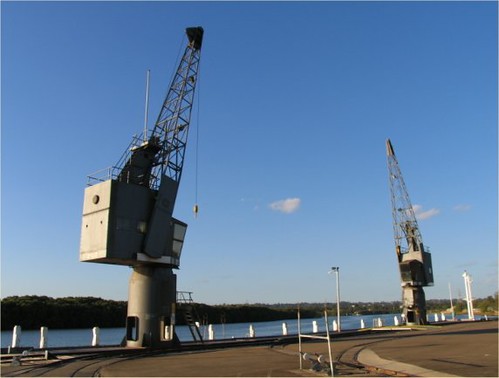
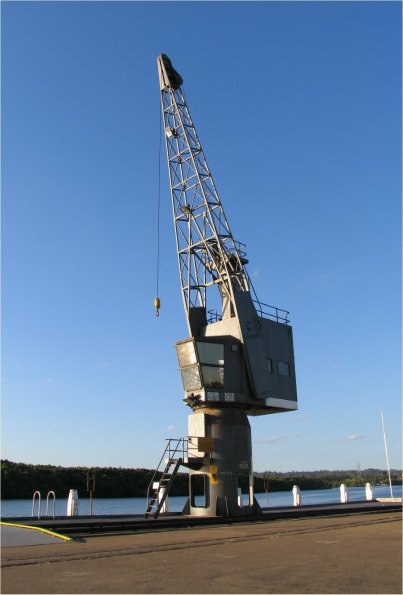
Then we followed the little railway tracks:-
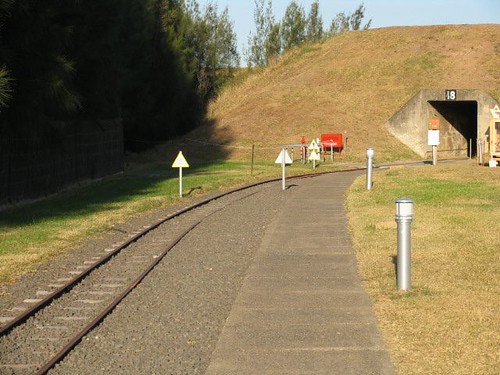
from the Light Railway Research Society of
“From 1909 – 1999 an extensive network of lines carried armaments from the wharf to a series of storage bunkers. The line was worked by battery-electric locomotives”
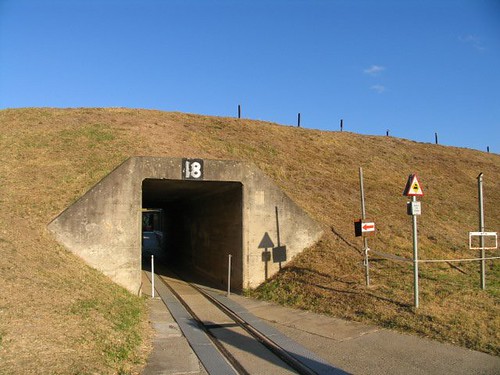
through the tunnel to the gallery which must have been one of the storage buildings, a bunker almost buried in the centre of the hill.
Outside, before we entered the tunnel, were sculptures (not made by students but, I think, left over from the annual “sculpture by the sea”, I should have paid more attention to the signage)
I really liked this table, cast metal with a camel theme, bit strange finding it standing in this open field with "buffer zone" sign next to it - what was it buffering, I wonder.
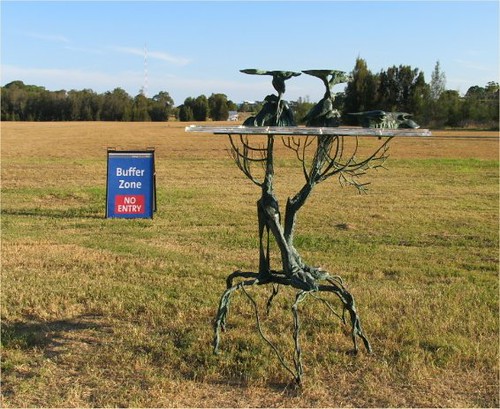
(is this what they mean when they say “it was outstanding in its field”)
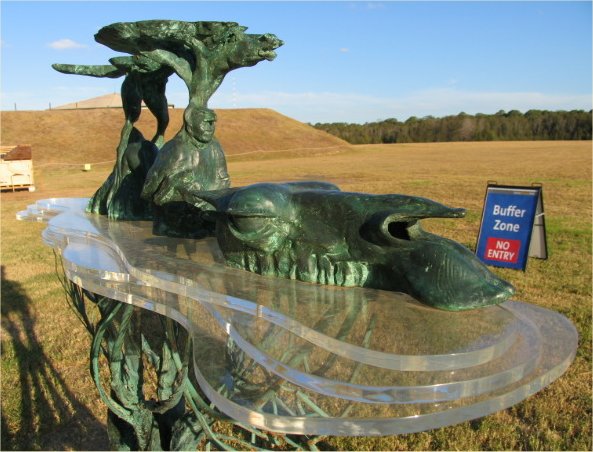
behind it you can see the hill of the bunker.
And this piece with a wave motif
So getting cold and late we headed off home til next time.
(...and how *do* you spell armoury - according to my dictionary it's armoury and armory is the US spelling, so why does the Sydney Olympic site keep calling it armory - another takeover/corruption of our spelling - I get really annoyed when Australians use US spelling, I have enough arguments swearing at the microsoft spell check)

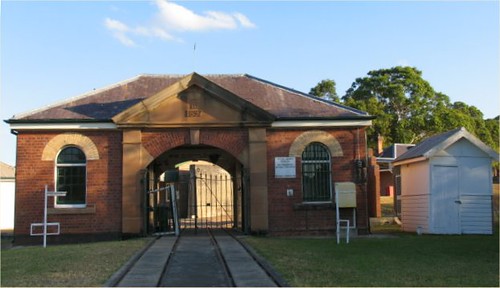
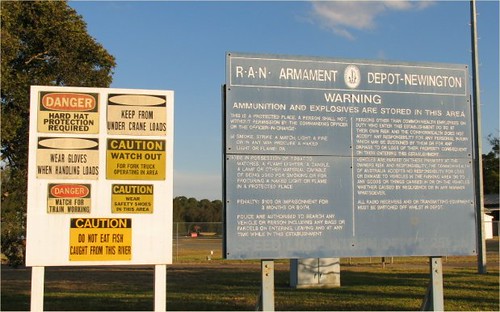
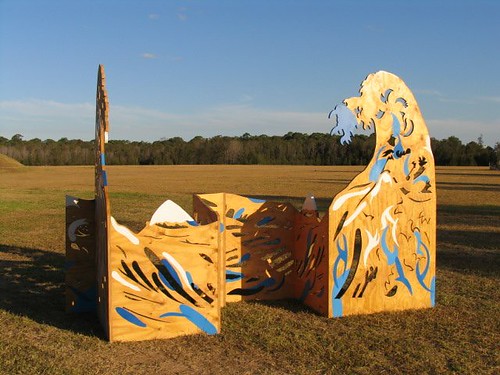
No comments:
Post a Comment